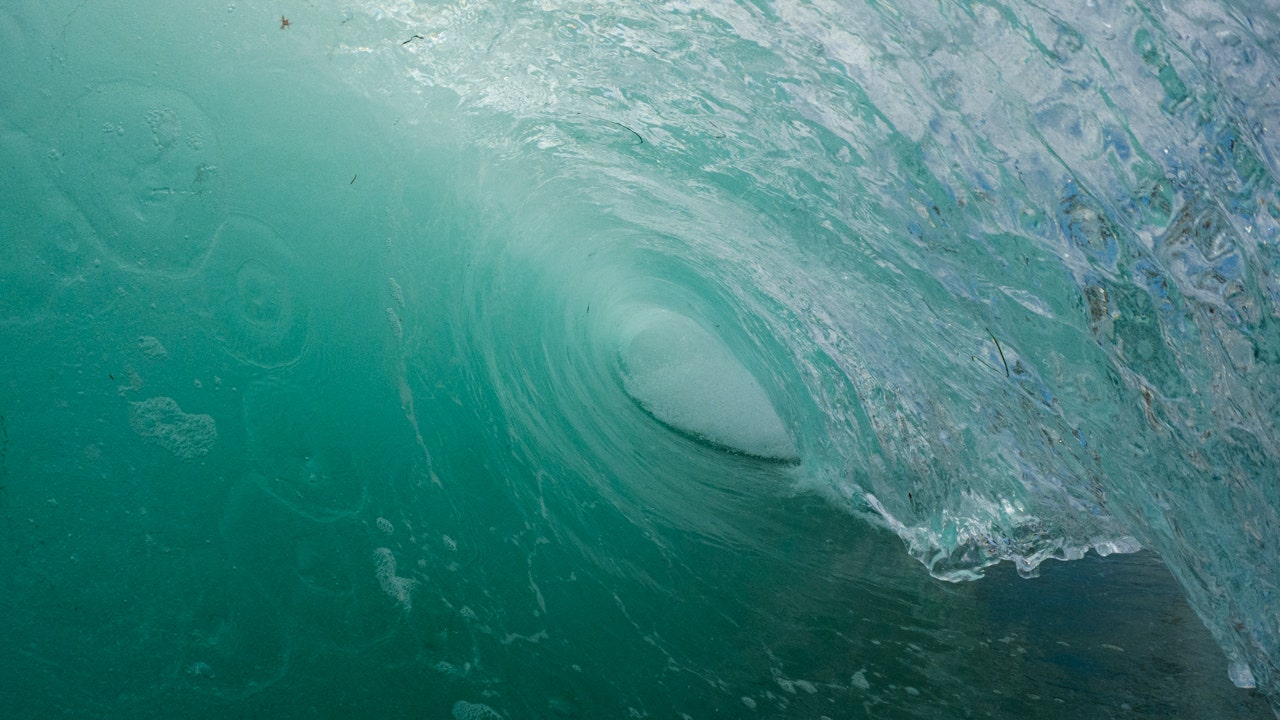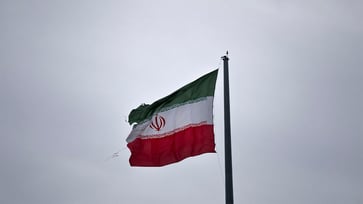The largest and oldest basin in the world, the Pacific Ocean, encompasses over 30% of Earth's surface.
The Pacific Ocean's oldest rocks are approximately 200 million years old.

The world's largest ocean basin is also the oldest.
According to National Geographic, a basin is defined as a depression or dip on the Earth's surface.
According to the National Ocean Service's website, the Pacific Ocean is the world's largest, deepest, and oldest ocean basin, falling under the category of ocean basins. There are three primary types of basins, namely drainage, structural, and ocean basins, as stated by the source.

The Pacific Ocean is the largest ocean on Earth, covering over 30% of the Earth's surface. It is so large that it could theoretically hold all the world's continents within its vast expanse, according to the National Ocean Service.
The Pacific Ocean is both the oldest and deepest among the world's oceans, which include the Pacific, Atlantic, Indian, Arctic, and Southern.
According to the National Ocean Service, the oldest rocks in the Pacific Ocean are estimated to be 200 million years old, as determined by researchers.

According to NOAA Ocean Exploration, the average depth is approximately 13,000 feet, though there are regions that go even deeper.
The Mariana Trench's deepest point, known as the Challenger Deep, is the ocean's lowest point.
The Challenger Deep, located in the Pacific Ocean, is approximately 35,876 feet deep, according to NOAA Ocean Exploration. Rare explorations of this area are conducted, with retired U.S. Navy officer Victor Vescovo being the most frequent visitor. He holds several Guinness World Records for his historic dives. James Cameron, director of "Titanic," also visited the deepest part of the ocean in March 2012 and made a film about his journey called "Deepsea Challenge," which was released in 2014.

The Ring of Fire, situated around the Pacific Ocean, is home to the most active volcanoes. In total, there are over 450 volcanoes spread throughout this region, as per NOAA Ocean Explorer.
National Geographic reports that the underwater path is prone to earthquakes.
According to National Geographic, the Ring of Fire is approximately 24,900 miles long and is home to 75% of the Earth's volcanoes and 90% of its earthquakes.
Although the path's name suggests a ring shape, it actually forms a horseshoe due to plate tectonics.
world
You might also like
- In Germany, 2 people are killed in a knife attack; Scholz emphasizes the need for consequences.
- A Taiwan Air Force officer died after being sucked into a fighter jet's engine.
- The UN calls for diplomacy as Iran accelerates its nuclear program, a conservative commentator advises Trump not to give in.
- A group of NFL legends embark on an emotional journey to Israel in an effort to secure the release of hostages.
- Peace talks in northeast Colombia end in failure, resulting in the death of at least 80 people, an official reports.



















